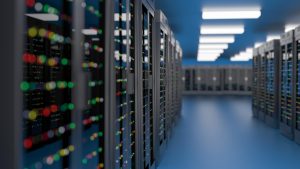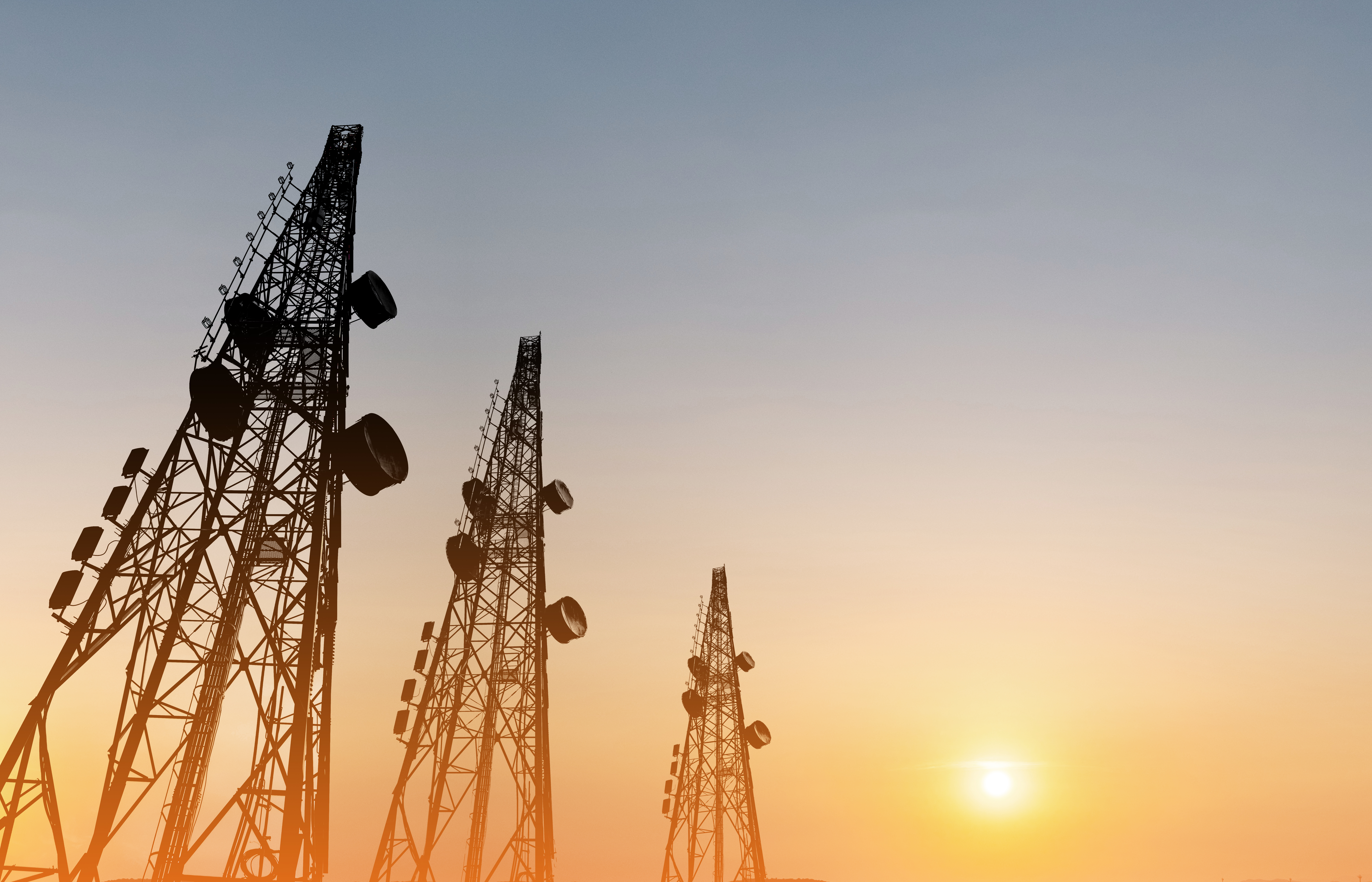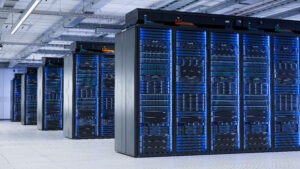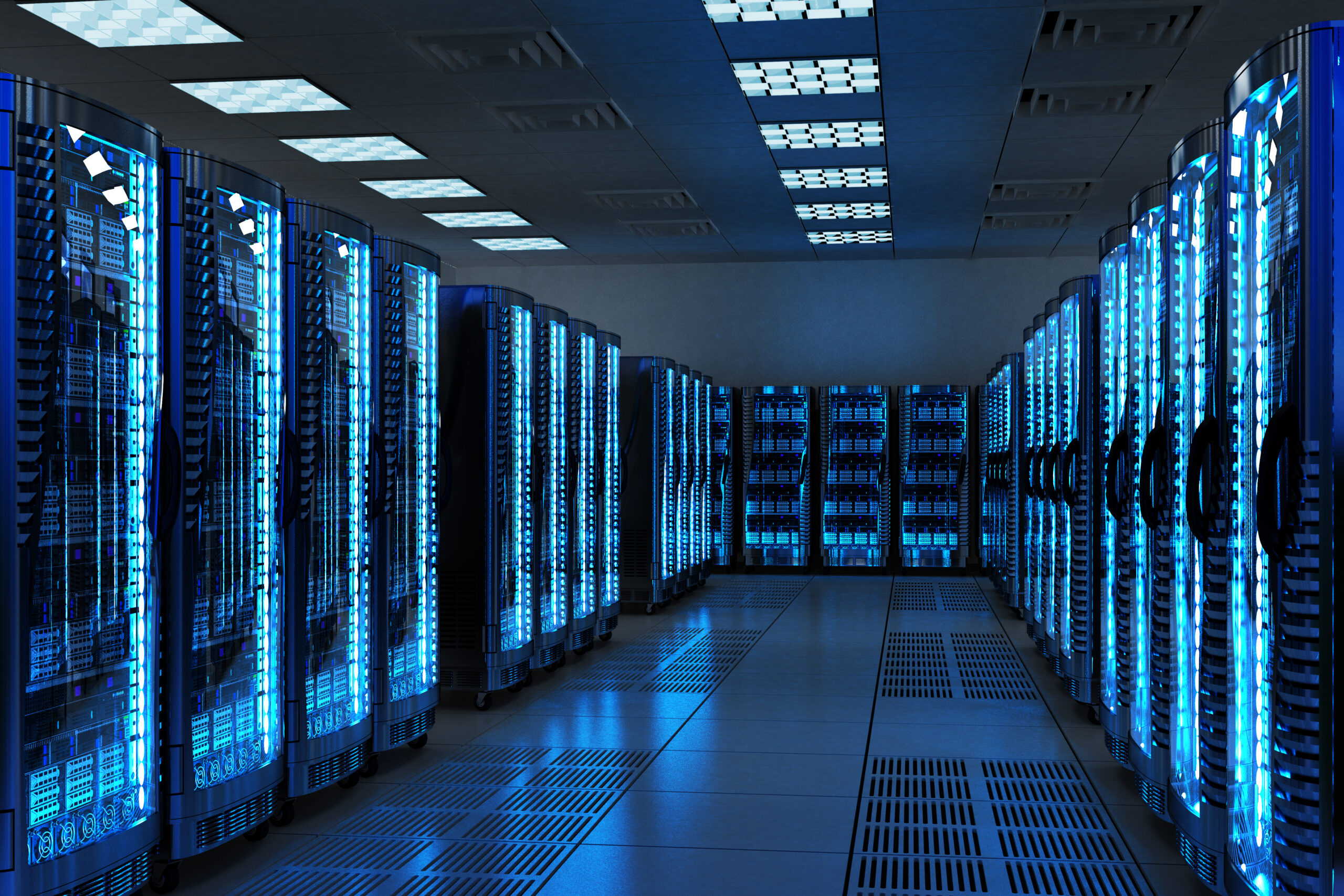DECARBONIZING TELCOS AND DATA CENTERS Accelerating Sustainability Across the Telecommunications and Data Center Ecosystem
Renewable Electricity Solutions for Scope 2
Energy Attribute Certificate (EAC) Procurement: Reduce your Scope 2 emissions with global Energy Attribute Certificates (EACs) like European GOs, US-REC, and local certificates such as LGCs in Australia. Make your renewable electricity investments easier with managed procurement, verification, and retirement services.
Power Purchase Agreements (PPAs) and Virtual Power Purchase Agreements (vPPAs): With long-term PPAs and vPPAs, you can trace emissions reductions back to one specific energy source while enjoying more stable electricity costs.
Energy Efficiency for Scope 1
Identify and implement energy efficiency solutions fitting for your organization, leveraging financial opportunities to sustain your investment. Where relevant, we can help you obtain White Certificates and optimize their value to finance up to 100% of your energy efficiency project, potentially reducing Scope 1 emissions.
Learn moreBeyond Value Chain Emissions
Companies can leverage carbon credits to tackle beyond value and residual emissions and achieve sustainability targets, both contributing to climate mitigation (avoidance) and neutralizing unabated emissions (removals).
Supplier Engagement for Scope 3
Optimize your supply chain to drive down Scope 3 emissions. Engage with critical suppliers through workshops to pinpoint reduction opportunities and share best practices. Support them in setting Science-Based Targets by providing resources and technical assistance. Develop a joint emissions reduction roadmap with clear milestones and integrate sustainability criteria into your procurement strategy to encourage alignment with your goals.
Biofuel Solutions for Scope 1
Diesel generators are essential infrastructure for data centers, ensuring reliable backup power during outages. Data centers can reduce their scope 1 emissions by transitioning from diesel to HVO or biodiesel for back-up power.
Reduce Corporate Tax Liability
Participating in IRA tax incentives can lower your corporate tax liability. You can also invest in U.S. renewable energy development, offsetting the costs of renewable energy purchases and internal projects. Throughout the transaction process, you will receive expert support in sourcing, facilitation, and contract negotiation.
Learn moreRenewable Gas for Scope 1
Switch to renewable natural gas (RNG) to minimize carbon emissions in back-up generation for data centers.
Learn more


